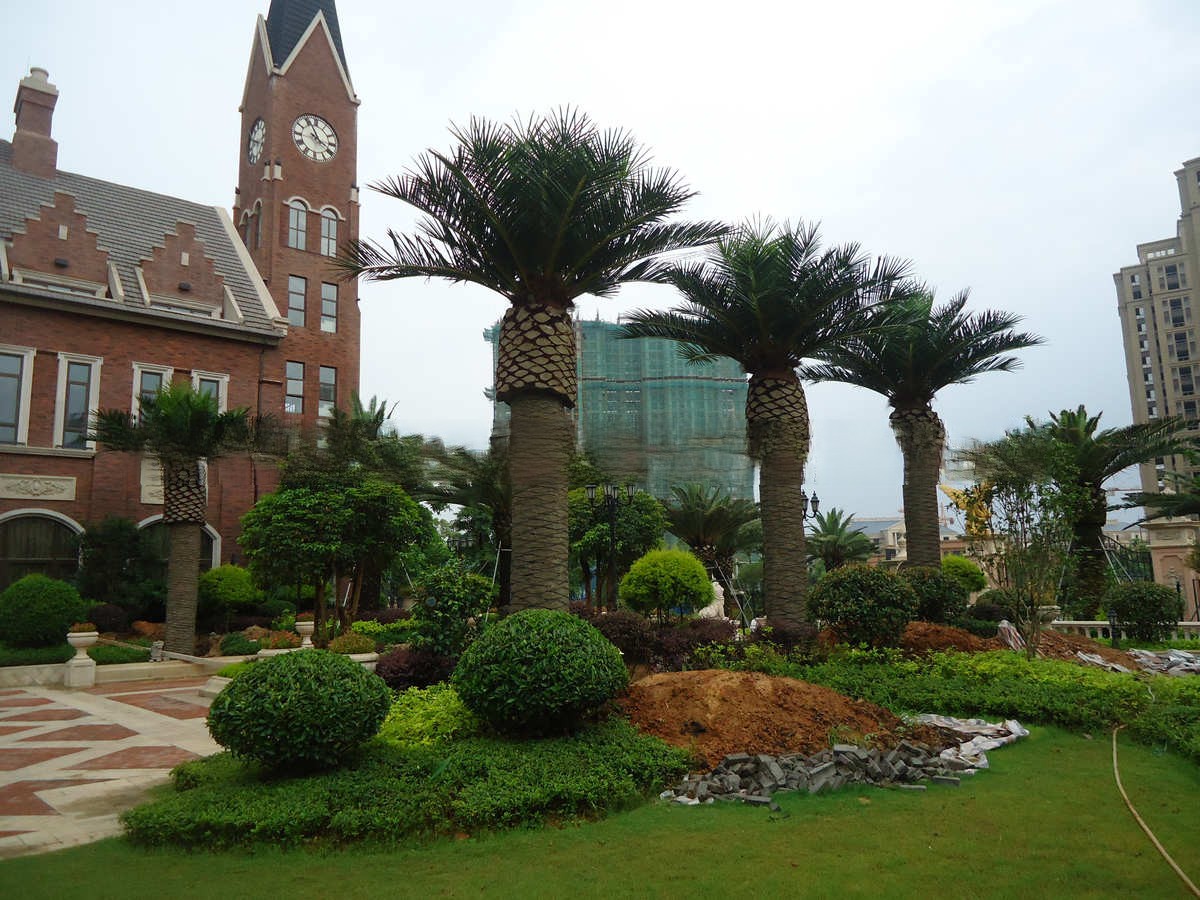Simulation Vegetable Manufacturer
Modern society has witnessed an increasing demand for healthy and green food, particularly vegetables. However, the traditional agricultural production model encounters many challenges, including seasonal changes, uncontrollable weather conditions, and plant diseases, all of which affect the production and quality of vegetables. Therefore, a new method of vegetable production, namely, simulation vegetable manufacturing, has emerged to address these challenges.
A simulation vegetable manufacturer refers to a factory that uses advanced technology to create a controlled and precise environment to grow various types of vegetables. Vegetables are grown in a space that mimics the conditions of appropriate growth, such as the right temperature, air, humidity, and light. The factory creates an optimal environment for the plants to grow and mature, and therefore, the vegetables produced are of high quality, free from pesticides, and have a long shelf life.
The process of producing vegetables in a simulation vegetable manufacturing factory involves various stages. First, the factory workers set up the environment, such as adjusting the light and temperature in the growing area, and prepare the plant nutrients required for growth. Second, the seeds are sown into the nutrient-rich soil, which is an essential component of the growing process. The factory provides the required water through an automated water system, which ensures that the plants receive the right amount of water without the risk of over or under watering. The growing process is closely monitored, and any plant diseases are promptly treated to prevent contamination of other plants. Finally, the vegetable plants are allowed to mature and are harvested.
The advantages of simulation vegetable manufacturing are numerous. First, the technology allows for the production of vegetables all year round, reducing the effect of seasonal changes on yield. Second, the precision control of the growing environment ensures that the plants grow at the optimum rate while consuming fewer resources. This process is an essential consideration for sustainable vegetable production, especially in regions experiencing water scarcity. Third, such factories produce clean vegetables free from pesticides, facilitating better human health. Fourth, the factory can produce vegetables close to the market, reducing transportation and storage costs significantly. Finally, the factory can produce vegetables with reliable and predictable yields, leading to better financial management and planning.
There are several challenges that simulation vegetable manufacturing faces. First, the setup cost of such factories can be high, leading to significant capital investments. Second, the processes require a skilled workforce, and any errors can lead to the loss of the entire crop. Third, the energy consumption rates for running the controlled environment are high, leading to high electricity bills. Finally, there may be consumer resistance to accepting vegetables grown in a controlled environment. However, these challenges are surmountable and can be easily overcome with the right strategy and innovative technology.
In conclusion, simulation vegetable manufacturing provides an essential way of meeting the increasing demand of consumers for healthy green vegetables. By using advanced technology to create a controlled and optimized environment, vegetable production is possible all year round, protects the environment, and ensures that the vegetables are free from pesticides, leading to better human health. Even though the method faces some challenges, the numerous benefits outweigh the disadvantages. The future of vegetable production lies in innovative technology such as simulation vegetable manufacturing.


 客服1
客服1  客服2
客服2 